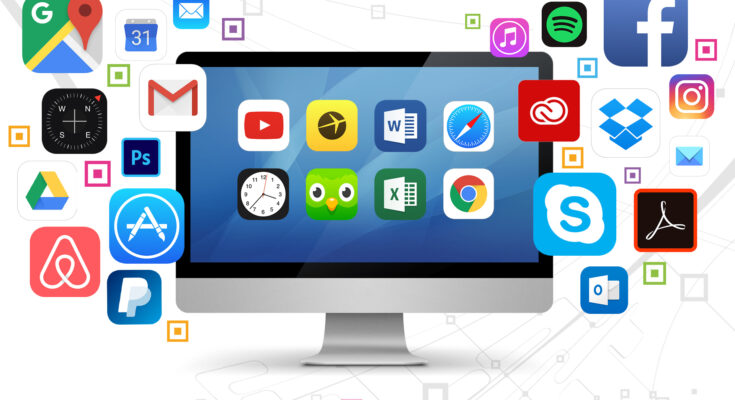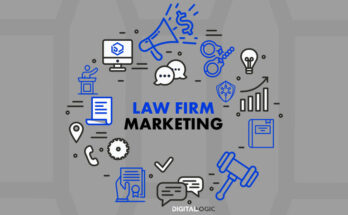Introduction
Software is the backbone of the digital world, powering everything from our smartphones and personal computers to complex systems in industries like finance, healthcare, and manufacturing. Understanding the intricacies of software development, the different types of software, and the latest trends is crucial for anyone involved in the technology sector. This article provides a comprehensive overview of software, its development processes, various types, and emerging trends.
Understanding Software Development
The Software Development Life Cycle (SDLC)
The Software Development Life Cycle (SDLC) is a structured process used by developers to create high-quality software. The SDLC typically involves the following stages:
- Planning: Defining the project scope, objectives, and feasibility.
- Requirements Analysis: Gathering and analyzing user requirements.
- Design: Creating architectural and detailed design documents.
- Implementation (Coding): Writing the actual code based on design specifications.
- Testing: Verifying that the software meets the specified requirements and is free of defects.
- Deployment: Releasing the software to users.
- Maintenance: Providing ongoing support and updates to the software.
Software Development Methodologies
Several methodologies guide the software development process, each with its unique approach:
- Waterfall: A linear and sequential approach where each phase must be completed before moving on to the next.
- Agile: An iterative and incremental approach that emphasizes flexibility and customer feedback.
- Scrum: A subset of Agile, focused on short, time-boxed iterations called sprints.
- DevOps: Combines development and operations to streamline and automate the software delivery process.
Types of Software
System Software
System software provides the foundational services and functionalities for other software to run. It includes:
- Operating Systems (OS): Manages hardware resources and provides common services for application software. Examples include Windows, macOS, and Linux.
- Device Drivers: Enable communication between the OS and hardware devices.
- Utilities: Perform maintenance tasks such as disk cleanup and antivirus scanning.
Application Software
Application software is designed to help users perform specific tasks. It includes:
- Productivity Software: Tools like word processors (Microsoft Word), spreadsheets (Excel), and presentation software (PowerPoint).
- Multimedia Software: Programs for creating and editing audio, video, and images (Adobe Photoshop, Final Cut Pro).
- Web Browsers: Software to access and navigate the internet (Google Chrome, Mozilla Firefox).
- Enterprise Software: Solutions for business operations like Customer Relationship Management (CRM) and Enterprise Resource Planning (ERP) systems.
Development Software
Development software provides tools and environments for creating other software. It includes:
- Integrated Development Environments (IDEs): Comprehensive environments like Visual Studio, Eclipse, and IntelliJ IDEA.
- Version Control Systems: Tools for managing changes to source code, such as Git and Subversion.
- Build Tools: Software that automates the process of compiling and linking code (Maven, Gradle).
Emerging Trends in Software
Artificial Intelligence and Machine Learning
AI and ML are revolutionizing software by enabling applications to learn from data and improve over time. They are used in a variety of fields, from predictive analytics and natural language processing to autonomous systems and robotics.
Cloud Computing
Cloud computing allows software to be delivered over the internet, providing scalable and flexible resources. Major cloud service providers include Amazon Web Services (AWS), Microsoft Azure, and Google Cloud Platform (GCP).
Cybersecurity
With the increasing frequency of cyber attacks, cybersecurity has become a critical aspect of software development. Techniques like encryption, multi-factor authentication, and intrusion detection are essential for protecting data and systems.
Blockchain Technology
Blockchain provides a decentralized and secure way to record transactions, making it popular in industries like finance, supply chain, and healthcare. Its transparency and immutability features are particularly valuable for ensuring data integrity.
Internet of Things (IoT)
IoT involves connecting everyday devices to the internet, allowing them to send and receive data. This technology is used in smart homes, wearable devices, and industrial automation, providing new opportunities for software development.
Conclusion
Software is an integral part of modern life, driving innovation and efficiency across various domains. By understanding the fundamentals of software development, the different types of software, and staying abreast of emerging trends, individuals and organizations can better navigate the evolving digital landscape. As technology continues to advance, the role of software will undoubtedly expand, offering new possibilities and challenges for developers and users alike.
To keep updated with the latest posts, click here.



